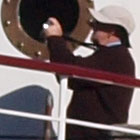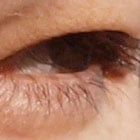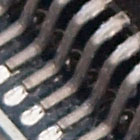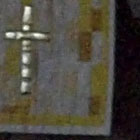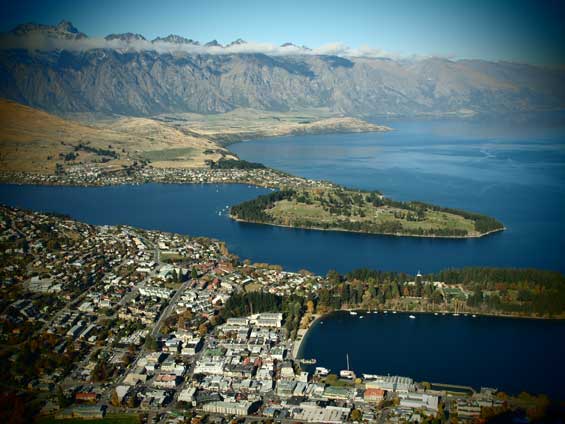Olympus E-620
-
-
Written by Gordon Laing
Olympus E-620 gallery
| ||||||||||||||||||||||||||||||||||||||||||||||||||||||||||||||||||||||||||||||||||||||||||||||||||||||||||||||||||||||||||||||||||||||||||||||||||||||||||
The following images were taken with the Olympus E-620 fitted with the Zuiko Digital 14-42mm kit lens. The E-620 was set to Large Fine JPEG quality, Auto White Balance, ESP metering and the Natural Picture Mode with Normal Gradation; Noise Reduction and the Noise Filter were set to their ON and STD settings respectively. In-camera Image Stabilisation was enabled for all these handheld shots
The individual exposure mode, file sizes, shutter speeds, aperture, ISO and lens focal length are listed for each image.
The crops are taken from the original files, reproduced at 100% and saved in Adobe Photoshop CS4 as JPEGs with the Very High quality preset, while the resized images were made in Photoshop CS4 and saved with the default High quality preset.
The three crops are typically taken from far left, central and far right portions of each image.
Note: you may wish to open a number of galleries for direct comparison of detail and noise: Canon EOS 500D / T1i sample images, Nikon D5000 sample images, Olympus E-520 sample images, Panasonic Lumix G1 sample images.











